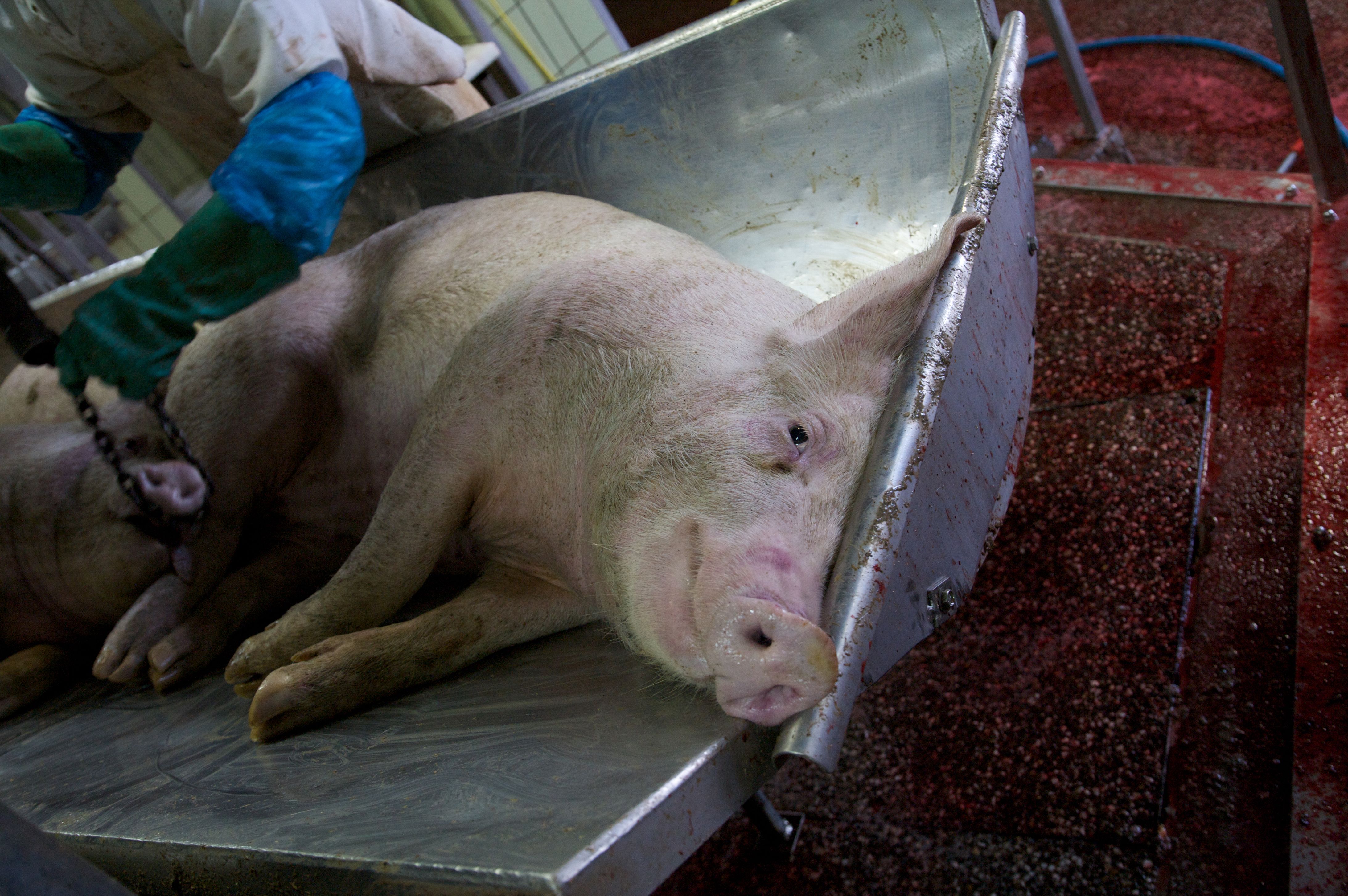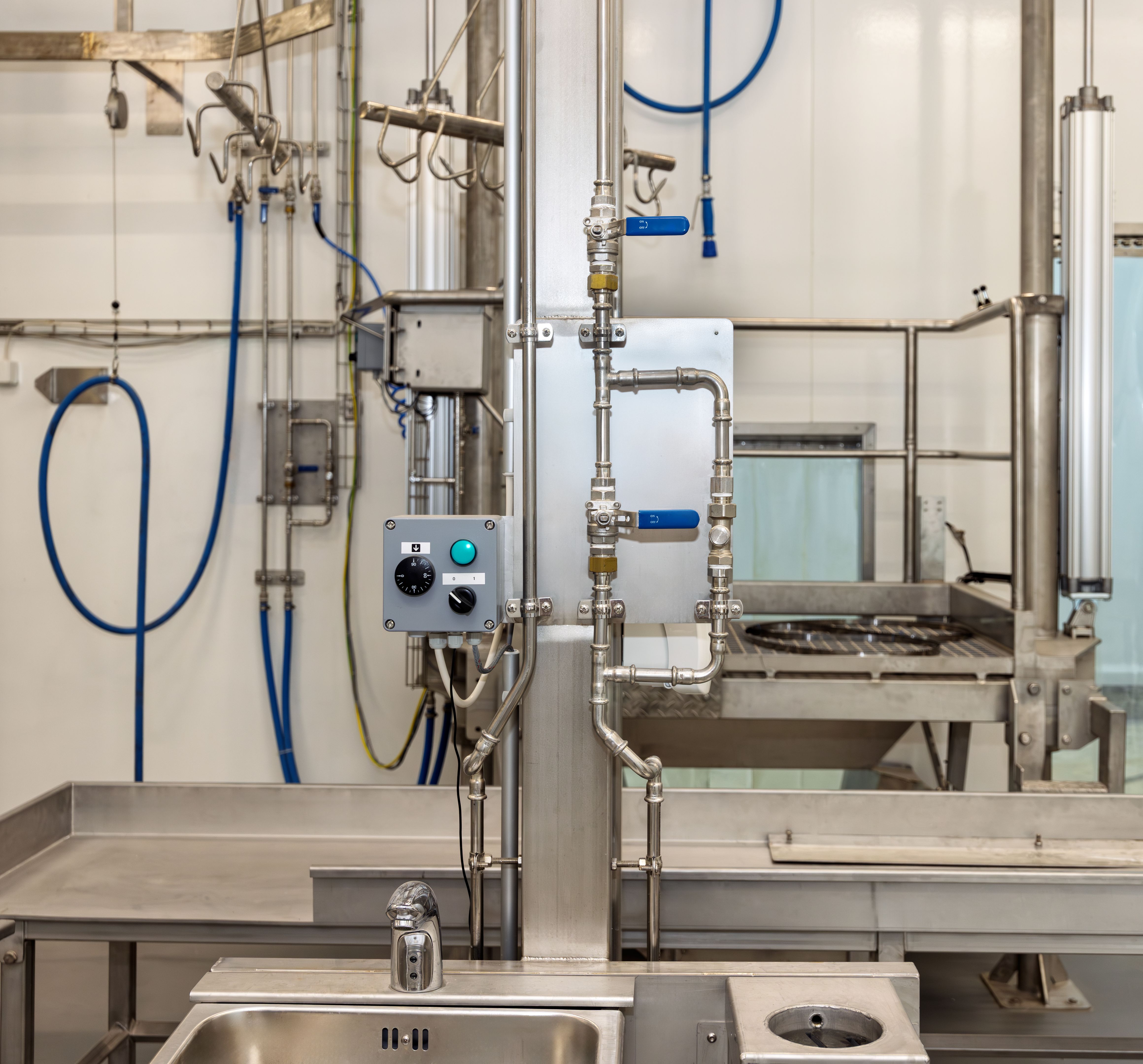Improving Pig Slaughterhouses in Nigeria
The Current State of Pig Slaughterhouses in Nigeria
Pig slaughterhouses in Nigeria play a crucial role in the meat production industry, providing sustenance and economic benefits to many communities. However, these facilities often face challenges that can hinder their efficiency and safety. Issues such as outdated infrastructure, poor hygiene practices, and inadequate training of personnel are common. Addressing these problems is vital for improving the overall quality of meat production in the country.

Implementing Modern Infrastructure
One of the primary steps towards improving pig slaughterhouses in Nigeria is the adoption of modern infrastructure. Many facilities currently operate with equipment that is outdated, leading to inefficiencies and increased risk of contamination. Investing in modern machinery can streamline processes, reduce waste, and improve safety standards. Additionally, new technologies can help in monitoring and managing operations more effectively.
Upgrading infrastructure also involves improving the layout of slaughterhouses to ensure better workflow. A well-designed facility can minimize cross-contamination by separating different stages of the slaughtering process, such as stunning, bleeding, and processing. This separation is crucial for maintaining hygiene and ensuring the quality of the final product.
Enhancing Hygiene Practices
Hygiene is a critical factor in ensuring the safety and quality of meat products. Pig slaughterhouses must adhere to strict cleanliness standards to prevent diseases that can be transmitted from animals to humans. Implementing routine sanitation protocols and ensuring that all workers are trained in hygiene best practices are essential steps.

Regular inspections and compliance with health regulations can further enhance hygiene standards. This includes maintaining clean surfaces, using proper waste disposal methods, and ensuring that all equipment is sanitized regularly. By prioritizing cleanliness, slaughterhouses can significantly reduce the risk of contamination and improve consumer confidence in their products.
Training and Skill Development for Workers
The workforce in pig slaughterhouses plays a pivotal role in maintaining operational efficiency and safety. Offering comprehensive training programs can equip workers with the necessary skills to perform their duties effectively. Training should cover various aspects, including animal handling, equipment operation, hygiene practices, and emergency response procedures.

Continuous education and development opportunities not only improve the skill set of workers but also boost their morale and job satisfaction. This, in turn, can lead to increased productivity and a more committed workforce dedicated to upholding high standards in the slaughterhouse.
Utilizing Technology for Improved Operations
Incorporating technology into slaughterhouse operations can bring about transformative changes. From automated processing lines to digital monitoring systems, technology can enhance efficiency and accuracy. For instance, implementing traceability systems allows for better tracking of meat products from farm to table, ensuring transparency and accountability throughout the supply chain.
Moreover, technology can aid in data collection and analysis, enabling management to make informed decisions regarding production processes and resource allocation. By leveraging technological advancements, pig slaughterhouses can position themselves as modern facilities capable of meeting both local and international standards.
Collaborative Efforts for Sustainable Development
Improving pig slaughterhouses in Nigeria requires a collaborative approach involving government agencies, industry stakeholders, and local communities. Government support through policy-making, funding, and regulatory oversight is essential. Stakeholders in the industry must work together to share best practices and foster innovation.
Local communities also play a significant role in this ecosystem. Engaging with them to understand their needs and concerns can lead to solutions that are both practical and sustainable. By working together, all parties can contribute to a thriving pig industry that benefits everyone involved.